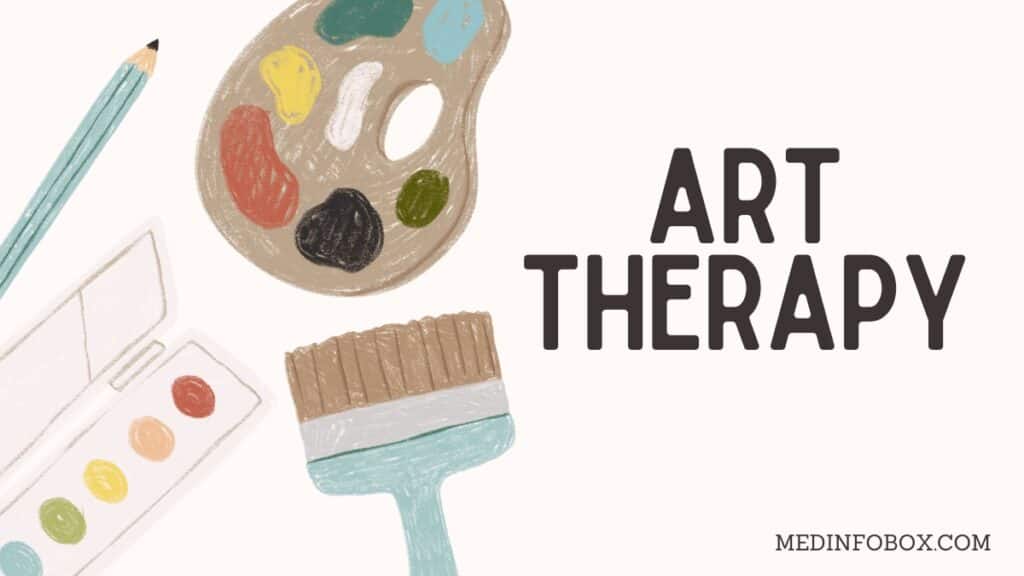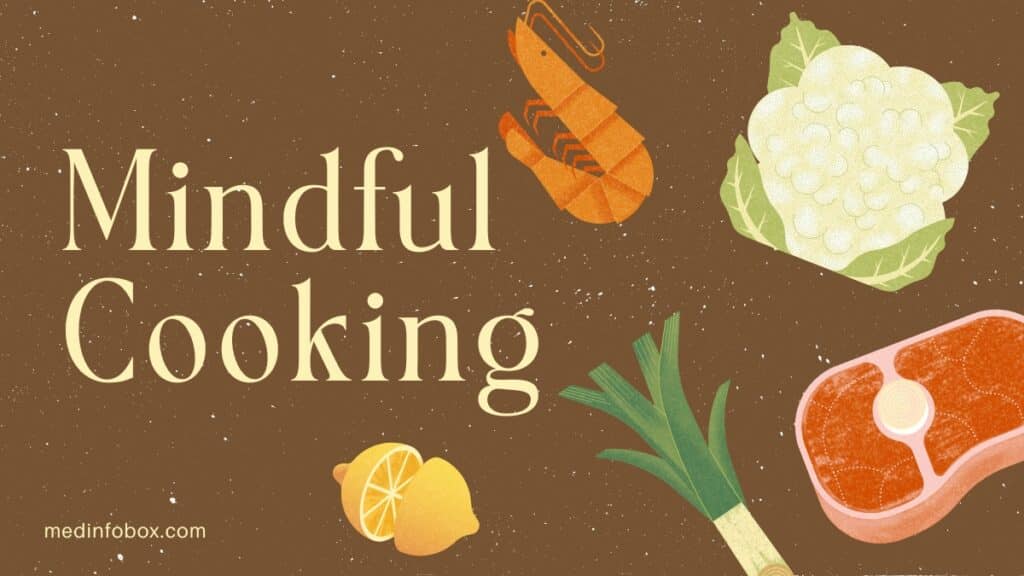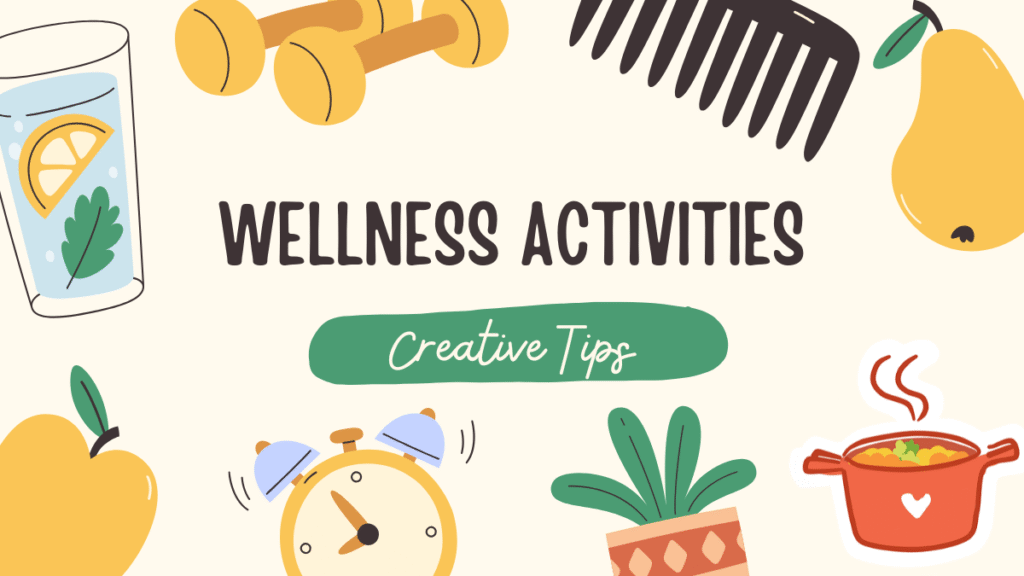In our fast-paced, constantly connected world, feeling drained, anxious, or simply “blah” has become a common experience for many. We often search for quick fixes, but the true path to sustained happiness and balance lies in intentional, daily practices known as wellness activities.
Moving beyond generic advice, this article explores creative and engaging ways to boost your mood, enhance your well-being, and rediscover the joy in everyday life.
Understanding Wellness Activities
Wellness activities are deliberate actions and practices undertaken to maintain or improve overall health and well-being. This concept of “wellness” is holistic; it isn’t just about physical health. It encompasses several interconnected dimensions, including:
- Emotional: Understanding and managing your feelings.
- Mental: Engaging your mind in stimulating and positive ways.
- Physical: Nourishing and caring for your body.
- Social: Building and maintaining healthy, supportive relationships.
- Spiritual: Finding purpose and meaning in life.
The importance of wellness activities cannot be overstated. They are not a luxury but a necessity for building resilience against stress, preventing burnout, and fostering a deep, enduring sense of contentment. They are the proactive steps we take to fill our own cups, ensuring we have the energy and emotional capacity to handle life’s challenges.
What the Doctor Say?
The recommendations for wellness activities aren’t just trendy self-help advice; they are strongly supported by medical science.
Dr. John Ratey, Clinical Professor of Psychiatry at Harvard Medical School, explains that physical activity, a key component of many wellness activities, “reduces cortisol levels, the stress hormone, and increases the production of endorphins, the body’s natural mood elevators” (SPARK: The Revolutionary New Science of Exercise and the Brain).
This principle extends to mindful activities like art and meditation, which have been shown to lower cortisol and calm the sympathetic nervous system (the “fight or flight” response).

Benefits of Active Wellness
Choosing to engage actively in wellness provides a cascade of benefits that touch every aspect of your life. Consistent practice can lead to:
- Reduced Stress and Anxiety: Activities like meditation, mindful movement, and creative expression lower cortisol levels and calm the nervous system.
- Improved Mood and Energy: Physical activity and social connection release endorphins and other “feel-good” chemicals in the brain.
- Enhanced Focus and Creativity: Giving your brain a break from constant stimulation allows it to recharge, leading to improved problem-solving and innovative thinking.
- Stronger Immune System: Reduced stress and better physical health directly contribute to a more robust immune response.
- Greater Self-Awareness: Regular wellness practices help you tune into your body’s needs and your mind’s patterns, fostering personal growth.
Daily Wellness Habits
Building a foundation of small, consistent daily habits makes it easier to integrate larger wellness activities and ensures you’re consistently supporting your mood.
Morning Routines
How you start your day sets the tone for the hours that follow. Instead of reaching for your phone, try:
- Hydration First: Drink a large glass of water to rehydrate your body.
- Mindful Moments: Spend five minutes in silence, practicing deep breathing, or writing down three things you’re grateful for.
- Gentle Movement: A few stretches, sun salutations, or a short walk can wake up your body gently.
Midday Breaks
The midday slump is real, and pushing through it is counterproductive. Use this time to reset:
- Step Away from Your Desk: Eat your lunch away from your screen.
- Get Outside: A 10-minute walk in the fresh air and sunlight can dramatically improve focus and mood.
- Power Nap or Rest: If possible, a 20-minute nap or simply closing your eyes can be incredibly restorative.
Evening Wind Down
Creating a peaceful evening ritual signals to your body and mind that it’s time to rest.
- Digital Curfew: Turn off screens at least an hour before bed. The blue light disrupts melatonin production.
- Reflective Journaling: Write down any lingering thoughts from the day to clear your mind.
- Relaxing Activity: Read a book, take a warm bath, or listen to calming music.
You may also use BMI Calculator and Calorie Calculator occasionally for a baseline and indicators.
Creative Wellness Activities
Now, let’s explore the creative and often overlooked activities that can provide a powerful boost to your mood.
1. Religious and Spiritual Practices
Participating in religious activities can provide a deep sense of comfort and hope, especially during times of difficulty. It fosters a feeling of connection—to a higher power, to a community of like-minded individuals, and to a larger purpose in life.
This can significantly reduce feelings of isolation and anxiety. The structured rituals often provide a comforting sense of rhythm and predictability in an otherwise chaotic world, which is inherently grounding.
- How to Do It: This will vary greatly depending on one’s faith, but the core is intentional engagement. This can include:
- Prayer and Meditation: Setting aside time for personal communication with a higher power or for contemplative silence.
- Attending Services: Participating in communal worship, whether at a church, mosque, temple, or synagogue.
- Reading Sacred Texts: Engaging in the study and reflection of spiritual writings.
- Acts of Service: Performing charitable work as an expression of faith and compassion.

2. Art Therapy
You don’t need to be an artist to benefit from creative expression. The process of creating is what matters.
- How to Do It: Set aside time with some simple supplies-colored pencils, watercolors, or even a digital drawing app. Don’t aim to create a masterpiece. Instead, let your hand move freely. Doodle, paint how you’re feeling, or just play with colors. This process can be meditative and helps express emotions that are hard to put into words.
- Mood-Boosting Benefit: Reduces stress, provides a non-verbal outlet for complex feelings, and fosters a state of “flow,” where you lose track of time and your inner critic quietens.

3. Mindful Cooking
Transform a daily chore into a sensory wellness activity.
- How to Do It: Choose a simple, nourishing recipe. As you cook, engage all your senses. Notice the vibrant color of the vegetables, the sound of the sizzle in the pan, the smell of the herbs, and the texture of the ingredients. Focus completely on the task at hand.
- Mood-Boosting Benefit: Turns a routine task into a practice of mindfulness, reduces impulsive or emotional eating, and the act of nourishing yourself and others is inherently rewarding.

4. Nature Journaling
This activity combines the calming effects of nature with the reflective practice of journaling.
- How to Do It: Put on a song that moves you—it can be energetic or calm. Close your eyes and let your body move however it wants to. Don’t think about steps or how you look. Focus entirely on the sensation of the music moving through you.
- Mood-Boosting Benefit: A powerful physical release of pent-up energy and emotion, it boosts endorphins, and encourages joyful, uninhibited self-expression.
5. DIY Vision Boards
A vision board is a tangible representation of your goals, dreams, and desired feelings.
- How to Do It: Gather magazines, photos, quotes, and other images. On a poster board, create a collage of what you want to attract into your life—be it a feeling (e.g., peace, adventure), a goal, or an experience. Place it somewhere you’ll see it daily.
- Mood-Boosting Benefit: Shifts your mindset from problem-focused to solution- and possibility-focused, serves as a daily source of motivation, and activates the reticular activating system (RAS) in your brain to help you notice opportunities.
6. Community Service Projects
Helping others is one of the most scientifically backed ways to increase your own happiness.
- How to Do It: Find a cause you care about and volunteer your time. This could be at a local animal shelter, a community garden, a food bank, or simply helping an elderly neighbor with their groceries.
- Mood-Boosting Benefit: Creates a sense of purpose and connection, provides perspective on your own challenges, and triggers the “helper’s high,” a genuine lift in mood from altruistic acts.
7. Outdoor Fitness Challenges
Take your workout beyond the gym walls and into nature for an added mood boost.
- How to Do It: Set a fun, achievable challenge for yourself. This could be hiking a new trail every weekend, seeing how many steps you can take in a park, trying “rucking” (walking with a weighted backpack), or following an outdoor yoga video.
- Mood-Boosting Benefit: Combines the mental health benefits of nature with the endorphin rush of exercise, making physical activity feel more like an adventure than a chore.
>> Read More Similar Post: 10 Essential Mental Health Tips for Everyone
Incorporating Activities into Daily Life
Knowing about these activities is one thing; making them a consistent part of your life is another.
Tips for Consistency
- Start Small: Don’t try to do all seven at once. Pick one that resonates with you and commit to just 10 minutes a day.
- Schedule It: Treat your wellness time like an important appointment. Block it out in your calendar.
- Pair with a Habit: Link your new activity to an existing habit (e.g., “After I pour my morning coffee, I will write in my nature journal for 5 minutes”).
- Focus on Feeling, Not Performance: The goal is to feel better, not to be the best. Release any pressure to be perfect.
Tracking Progress
You don’t need complex metrics. A simple practice can be highly effective:
- The One-Sentence Journal: Each evening, write one sentence about how you felt that day. Over time, you’ll see a positive trend as you incorporate these activities.
- Mood Check-Ins: Rate your mood on a scale of 1-10 before and after an activity. This provides immediate, tangible evidence of its benefit.
FAQ’s
Q: I’m too busy for wellness activities. What can I do?
A: Wellness doesn’t require hours of free time. It’s about micro-moments. A 5-minute dance break, 3 minutes of deep breathing, or a mindful walk to your car all count. Consistency with small actions is more impactful than sporadic, grand gestures.
Q: What if I don’t enjoy the “creative” activities?
A: That’s perfectly fine! The key is to find what you find enjoyable and restorative. For some, that might be tinkering with a car engine, organizing a closet, or listening to a podcast. The principle is the same: engage in an activity that puts you in a state of flow and brings you joy.
Q: How long until I see a change in my mood?
A: Some benefits, like the calm after a dance meditation or mindful cooking session, are immediate. For a more sustained uplift in your baseline mood, consistency for at least 2-3 weeks is typically needed to build new neural pathways and habits.
Q: Can wellness activities replace therapy or medication?
A: While powerful for managing daily stress and boosting mood, wellness activities are a supplement to, not a replacement for, professional medical or psychological treatment. If you are struggling with clinical depression, anxiety, or other mental health conditions, please consult a healthcare provider.
At the end
Boosting your mood and enhancing your well-being is an active, creative, and deeply personal journey. By understanding the foundations of wellness, establishing supportive daily habits, and exploring unique activities like art therapy, nature journaling, and community service, you can move beyond simply coping and start truly thriving.
The most effective wellness routine is the one that you enjoy and will stick with. So, choose one tip that sparks your curiosity, be kind to yourself throughout the process, and take that first small step toward a brighter, more balanced you. Your mind and body will thank you for it.





